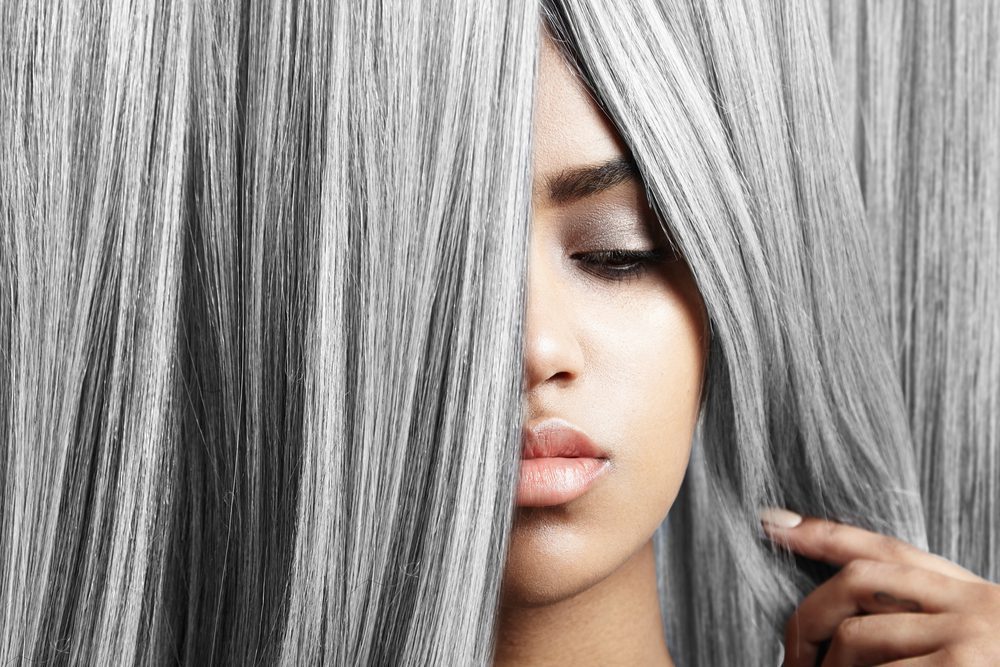
Understanding the Biology and Cultural Significance of Graying Hair
Graying hair is a universally recognized phenomenon that accompanies aging. However, the complex biological mechanisms that underlie this natural transition are less commonly understood. This gradual shift from pigmented to gray hair is primarily induced by the decline in the functionality of melanocytes—specialized cells in hair follicles responsible for melanin production, which imparts color to hair. As individuals age, these cells begin to diminish their production of melanin, ultimately resulting in the signature gray or white hair many associate with growing older.
The Biological Mechanism of Graying
The process of graying starts within the hair follicles, specifically where melanocytes reside. These cells are central to the pigment production that gives hair its coloration. With age, melanocytes become less active and eventually cease melanin production altogether. The timeline for this transition varies significantly among individuals, influenced by a mix of genetic, environmental, and lifestyle factors.
Interestingly, the journey to gray hair is not instantaneous; it can span many years. Factors such as oxidative stress, which occurs when there is an imbalance between free radicals and antioxidants in the body, can accelerate this process. Various lifestyle influences—such as poor nutrition, lack of hair care, and exposure to harmful environmental conditions—can exacerbate oxidative stress and thus impact hair pigmentation.
Primary Factors Affecting Graying Hair
Graying hair is primarily influenced by several key factors:
1. Genetics and Family History: A major determinant in the age at which an individual’s hair begins to gray is their genetic background. Those with relatives who experienced early graying are more likely to follow suit.
2. Natural Aging: The process itself is a fundamental aspect of aging, where biological functions, including melanin production, naturally decline.
3. Oxidative Stress: An influx of free radicals can damage melanocytes, hastening the graying process.
4. Environmental and Lifestyle Factors: Stress, UV exposure, and pollution can negatively affect hair pigmentation, while nutrient deficiencies may contribute to premature graying.
5. Medical Conditions: Certain health ailments like Vitiligo can prompt discoloration in hair, while treatments such as chemotherapy might also lead to changes in pigmentation.
6. Hormonal Changes: Shifts in hormonal levels, particularly during aging, can influence melanocyte function, resulting in reduced pigment production.
Cultural Perspectives and Acceptance
Gray hair is increasingly recognized for its cultural significance, often viewed as a symbol of wisdom and experience. This perspective is shifting contemporary beauty standards, with many individuals choosing to embrace their natural graying process instead of opting for hair dyes. As society evolves, there is a growing movement encouraging individuals to accept and celebrate their silver strands, which are now frequently seen as elegant and stylish.
Future Research Directions
Ongoing studies into the biological mechanisms behind hair graying are opening new avenues in understanding the process. Researchers are focusing on the roles of genetics, oxidative stress, and other factors, potentially leading to innovations that may slow or even reverse graying. This area of study holds promise, particularly with advances in cosmetic treatments and a societal push toward celebrating natural beauty.
Conclusion
The transition to gray hair is a natural aspect of aging shaped by a myriad of biological, genetic, and environmental elements. As society begins to embrace and celebrate this transformation, understanding the underlying biological processes can facilitate informed decisions regarding hair care and management. Whether opting to let gray hair flourish or employing various treatments to address it, an awareness of the factors influencing graying can empower individuals in their choices about how they wish to present themselves.


